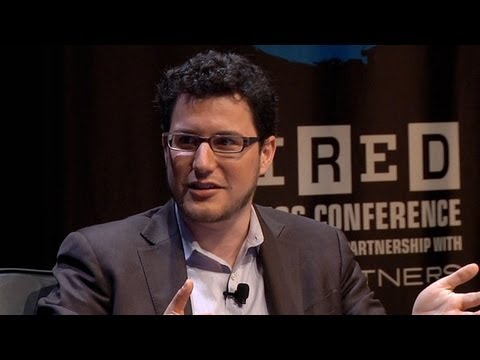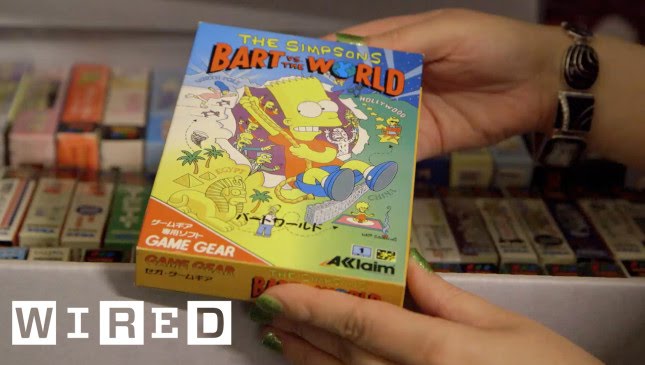How to Collect and Utilize Interaction Data for Healthcare
Summary
Leveraging interaction data could be a valuable source of information for healthcare. Collecting everyday activities data for the elderly, for example, could result in faster and more accurate identification of cognitive decline. DwellSense, a technology that tracks interactions with everyday objects, is an example of this. In this article, we will discuss how DwellSense and other systems like it work, their potential benefits, and limitations.
Table of Contents
- How can interaction data be useful for healthcare?
- What is DwellSense, and how does it work?
- What benefits does DwellSense provide?
- What limitations does DwellSense have?
- Can DwellSense be used in physician’s offices?
- What are some other examples of systems similar to DwellSense?
- Conclusion
Introduction
The current technological revolution has made it possible to collect data about an individual’s everyday activities through sensors and mobile devices. However, the challenge is to convert this data to useful information, which requires valuing context and supporting users to create and test hypotheses. Interaction data could be a valuable source of information for healthcare, particularly for the elderly. The speaker, in this video, introduces DwellSense, a technology that tracks interactions with everyday objects and could help identify cognitive decline in seniors, among other potential applications.
Q&A
How can interaction data be useful for healthcare?
Collecting data about how individuals interact with everyday objects and their environment could provide valuable information about their health and adherence to medications or other treatments. Data on daily activities, such as how often a person takes their medication or how much they move throughout the day, could provide an objective measure of their health.
What is DwellSense, and how does it work?
DwellSense is a technology that tracks interactions with everyday objects. The system works by instrumenting objects such as coffee makers, doors, and pillboxes, to collect information about cognitive decline in seniors, among other things. The objects are instrumented with sensors that track and wirelessly transmit data to a laptop for cloud-based analytics.
What benefits does DwellSense provide?
DwellSense collects data about the quality of performance, rather than success or failure at taking medicine, for example. The architecture involves instrumenting the artifacts and wirelessly transmitting the data to a laptop for cloud-based analytics, producing web-based graphs and real-time feedback displays. In this way, the technology could help identify cognitive decline in seniors and provide real-time feedback on daily activities such as medication adherence, coffee-making, and phone calls. According to the speaker, seniors who use the system are able to improve their behavior and adherence to tasks through reflection on their data.
What limitations does DwellSense have?
The impact of long-term display of data was short-lived, according to the speaker. Although the technology could potentially help identify cognitive decline in seniors and provide valuable feedback on daily activities, it is not clear how well it would work outside of the laboratory environment. According to the speaker, the system was effective even in non-laboratory environments, but more research is needed to determine how well it would work in the real world.
Can DwellSense be used in physician’s offices?
Although the speaker hopes that DwellSense will prove valuable in the physician’s office, there are several challenges to implementing the technology in such settings. One challenge is the need for physicians to be trained to interpret and use the data collected by DwellSense. Another challenge is the potential for privacy concerns. Patients and physicians would need to be reassured that their data is secure and will not be exposed to unauthorized parties.
What are some other examples of systems similar to DwellSense?
There are several other systems similar to DwellSense that are currently being developed, according to the speaker. Some examples include ActiGraph, a wearable device that tracks physical activity, and the MATE system, which uses sensors to track medication adherence. These systems could potentially be used in conjunction with DwellSense to provide a more complete picture of a patient’s health.
Conclusion
In conclusion, leveraging interaction data could provide valuable information for healthcare, particularly in the case of the elderly. DwellSense is an example of a system that tracks interactions with everyday objects and could potentially help identify cognitive decline in seniors, among other things. Although the technology has limitations and challenges to implementation, it could provide a valuable tool for clinicians if further research supports its efficacy.







